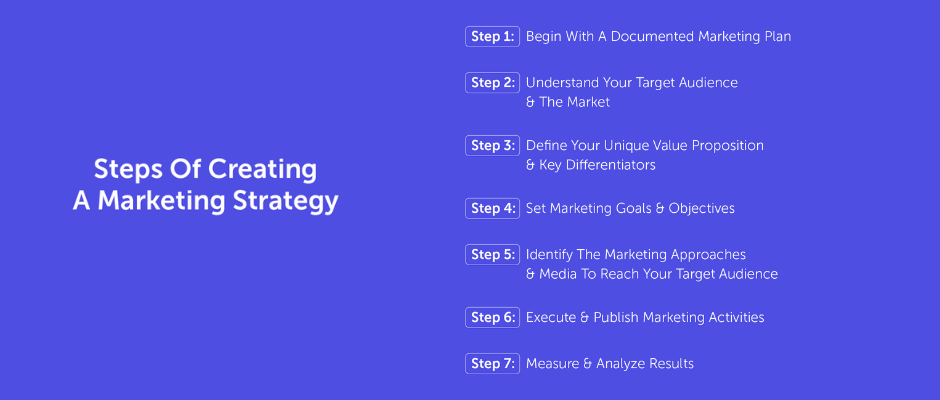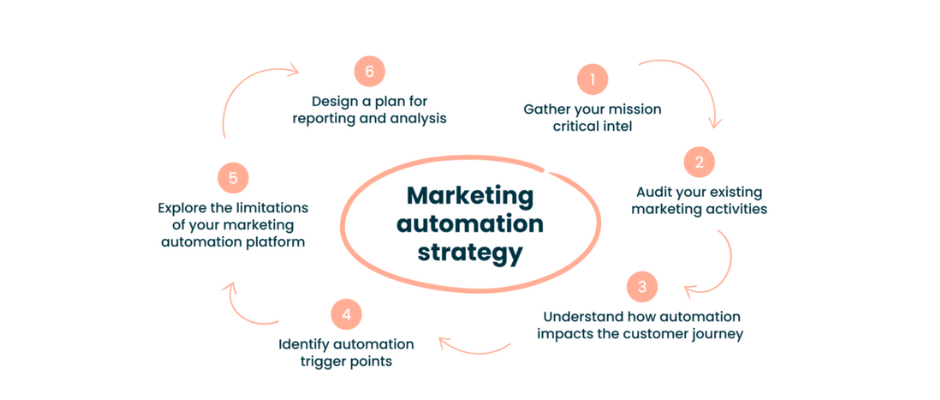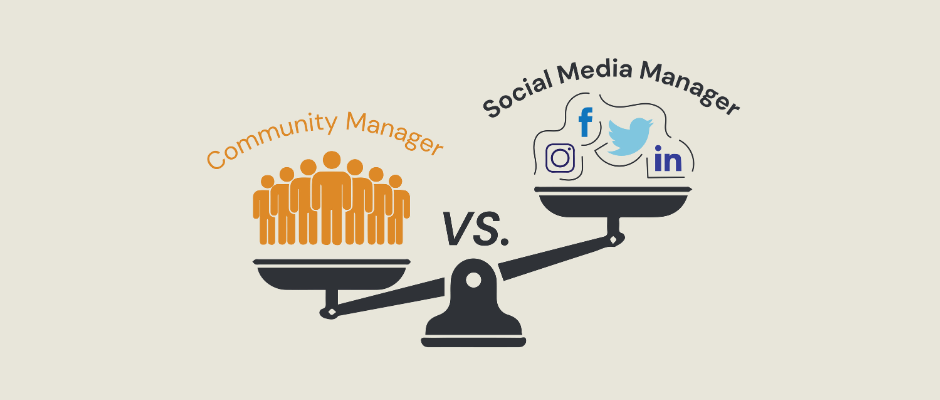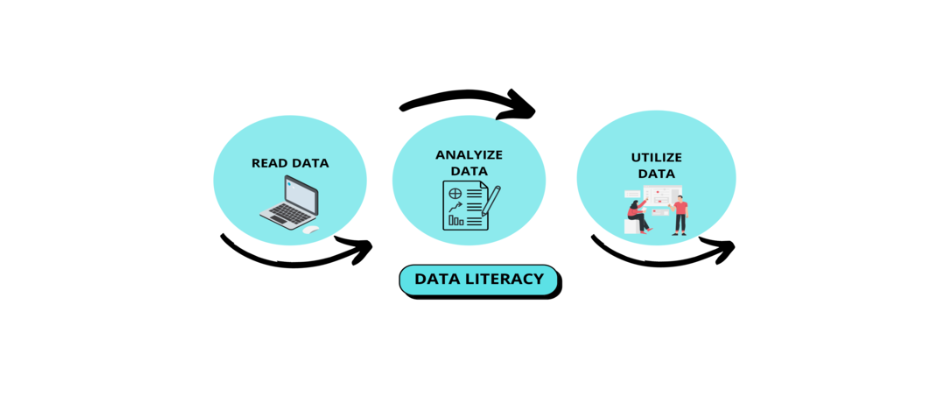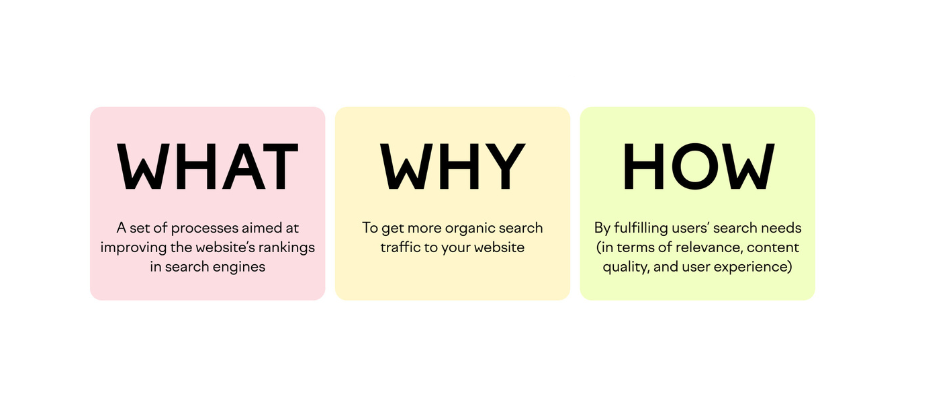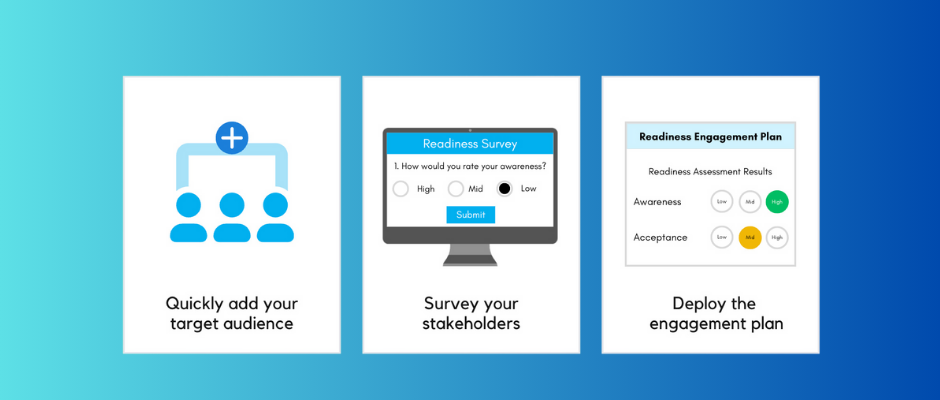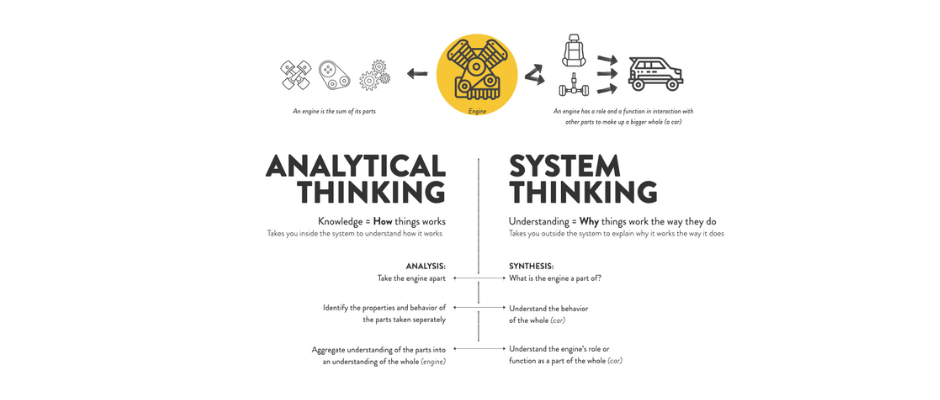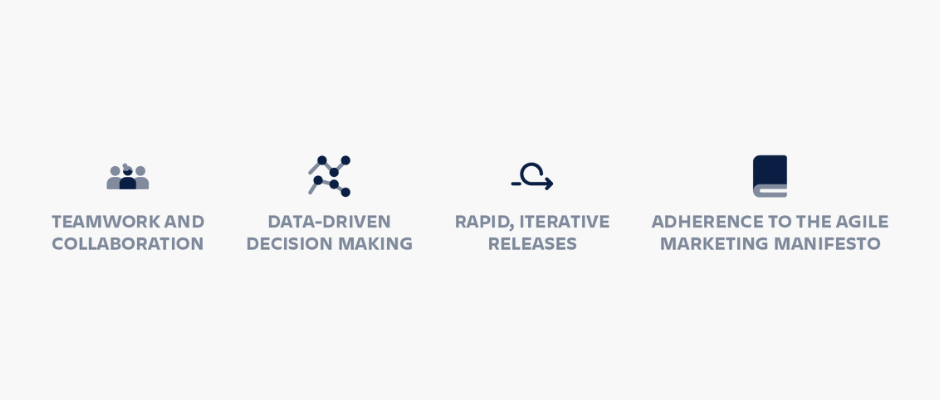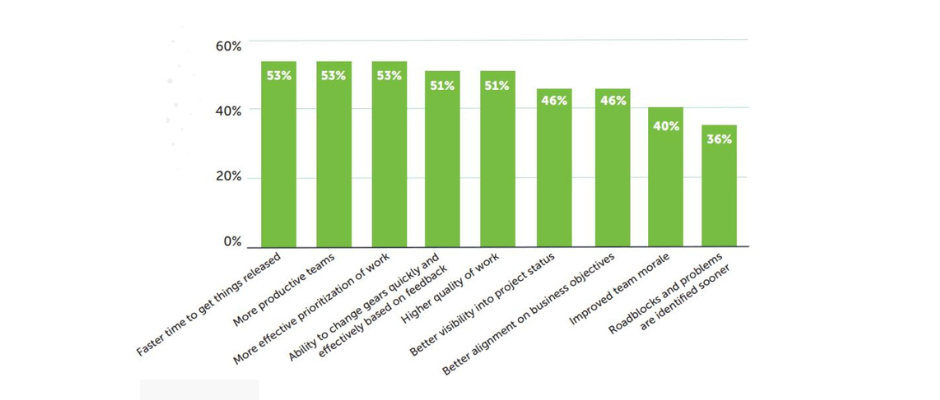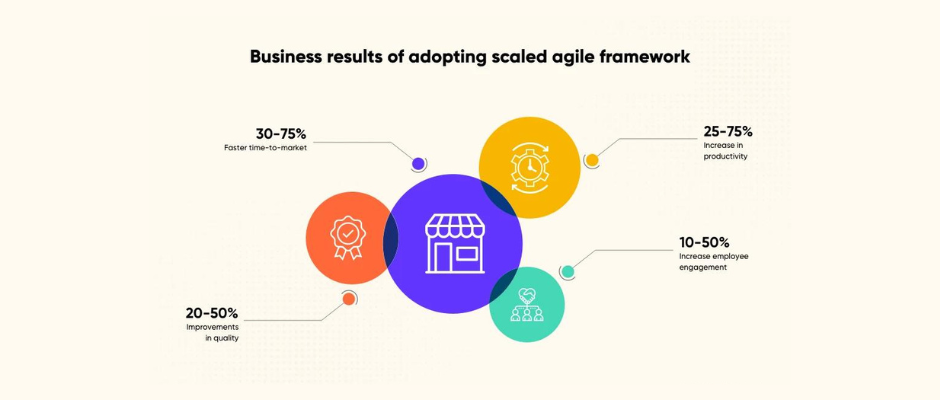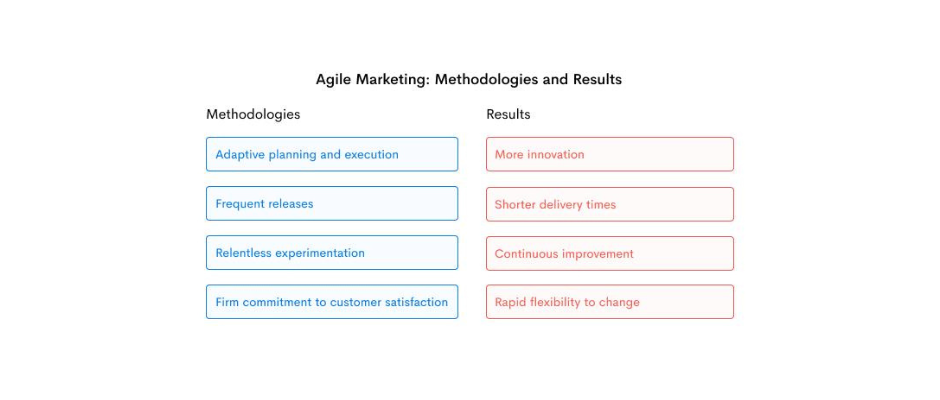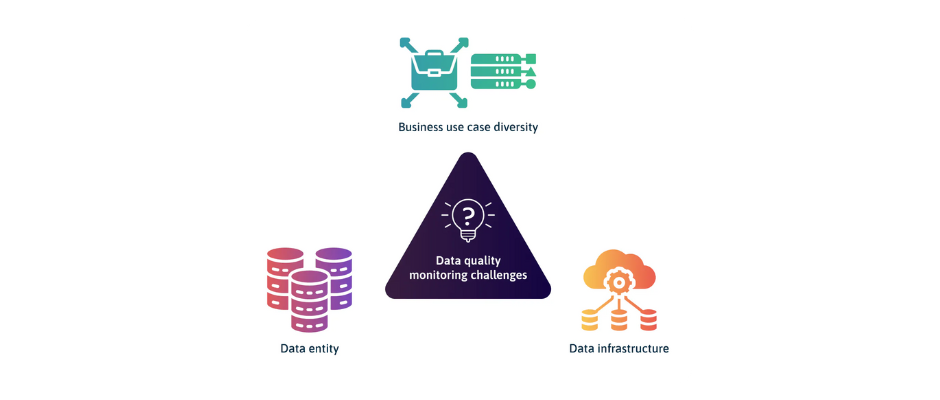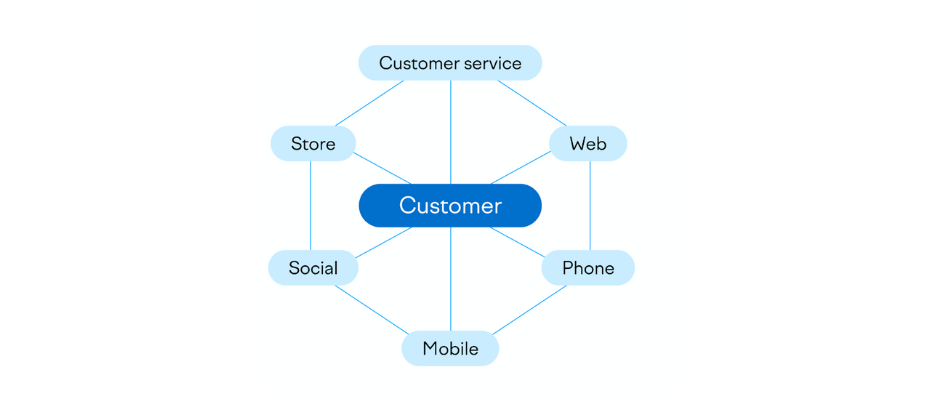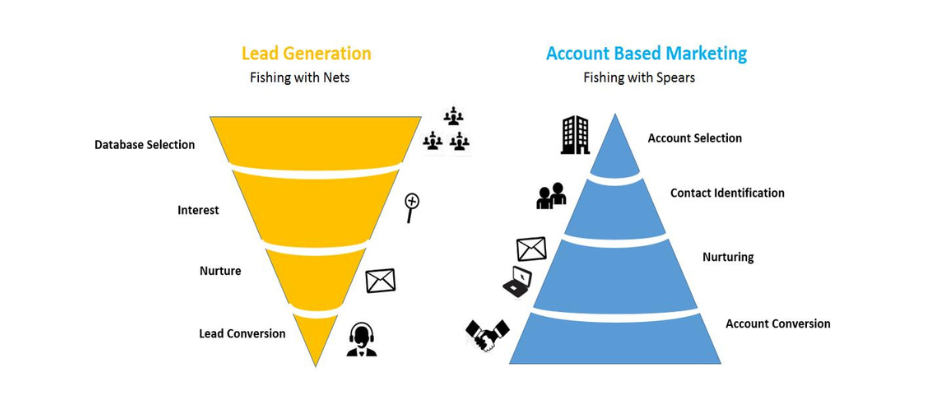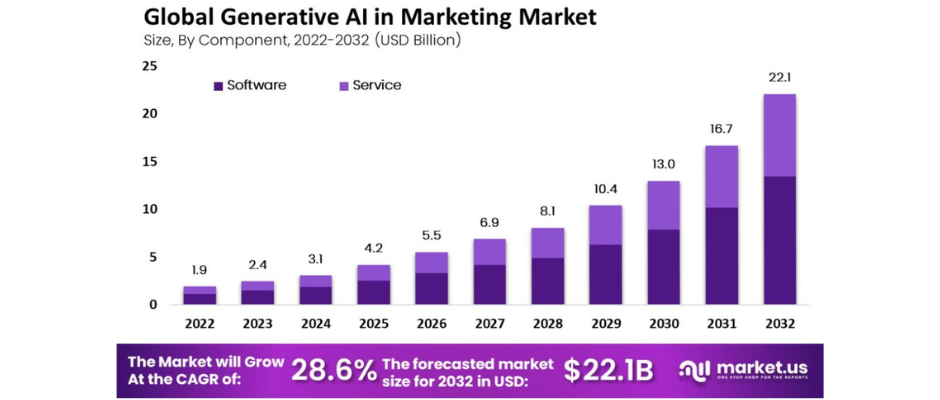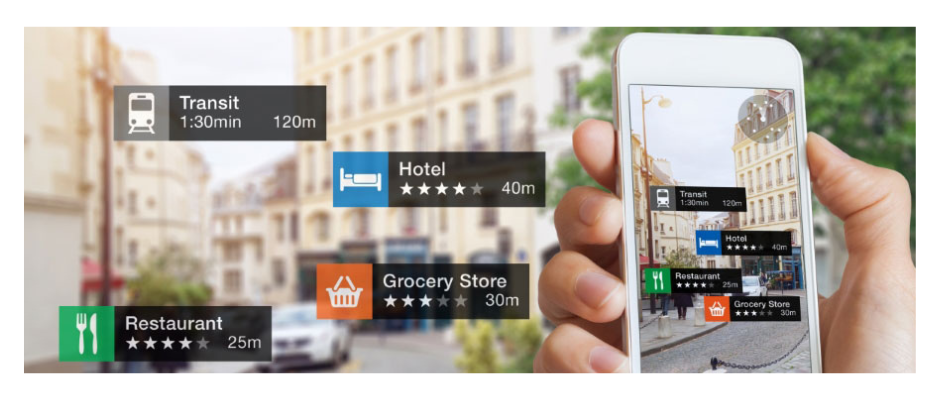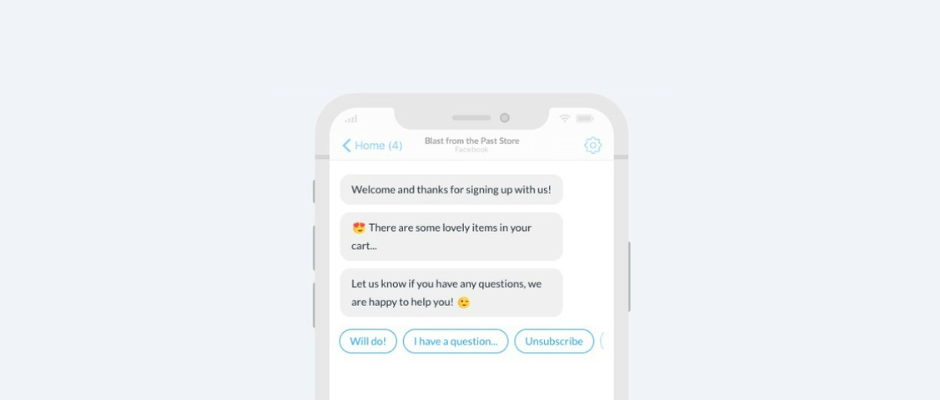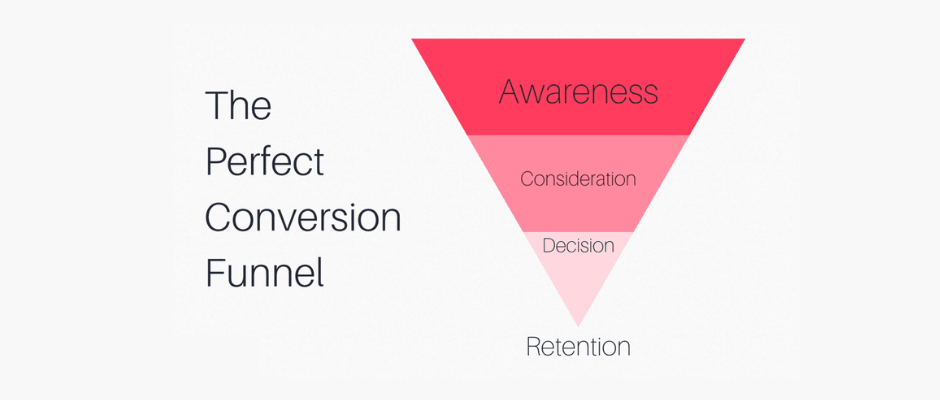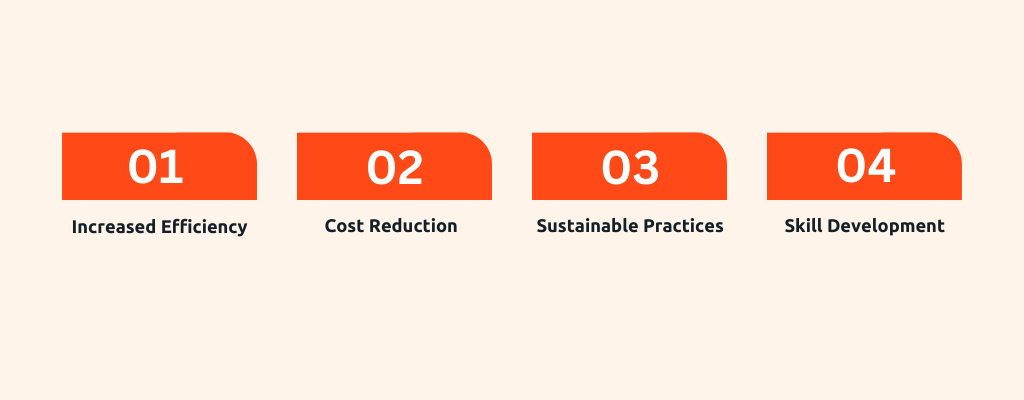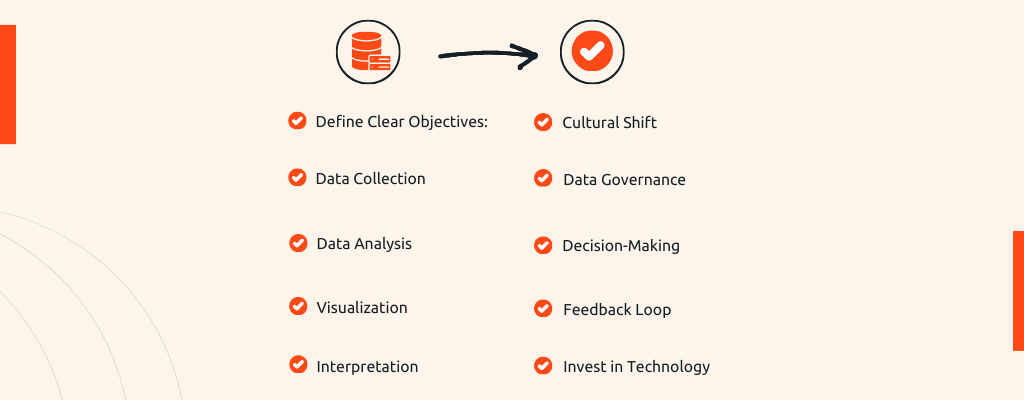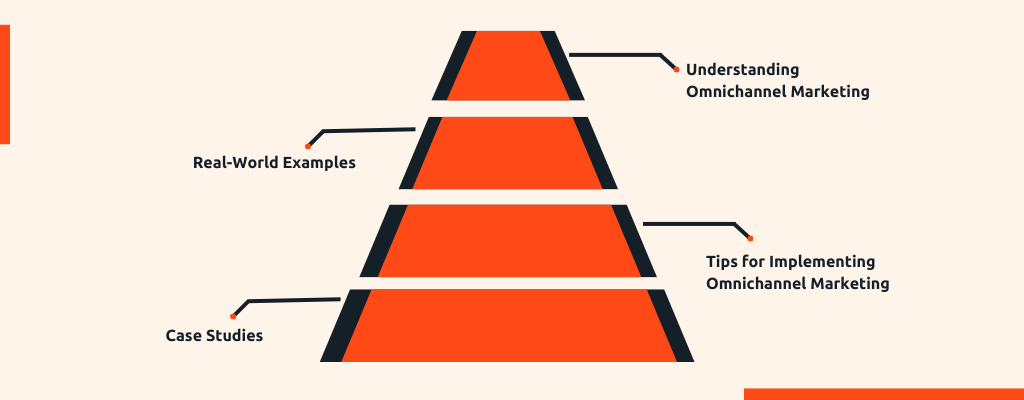15 Most Innovative Brand Activation Ideas for Success in 2024
Want to grow your brand presence and reach more of the consumers who matter to your business? As we usher in 2024, brands are seeking innovative ways to engage their audiences with their brand’s message, products, and services and leave a lasting impression. With so much noise on the internet and a flood of competitors fighting for market share, brand activation has become a key strategy to connect with consumers on a deeper level. In this article, we will provide you with a list of brand activation ideas that you might consider using.
These innovative brand activation ideas will help you connect with your target consumers in authentic ways. Let’s check them out one by one!
 What is brand activation?
What is brand activation? 
Brand activation, a relatively recent addition to the marketing thesaurus, has gained prominence in recent years and is now a pivotal component of comprehensive event marketing strategies. Its essence lies in fostering company awareness through direct engagement with the target audience. This engagement takes shape through various event types, formats, and marketing campaigns, all with the overarching goal of crafting a distinct consumer experience that elevates a company’s visibility and brand awareness.
 Benefits of Brand Activation
Benefits of Brand Activation
Brand activation offers a myriad of advantages for businesses, creating dynamic opportunities to engage with their target audience and build a stronger brand presence. Here are some key benefits:
Increased Brand Awareness: Brand activation initiatives help elevate brand visibility by creating memorable experiences. This heightened visibility can lead to increased recognition and recall among the target audience.
Enhanced Customer Engagement: Through interactive and experiential activities, brand activation fosters direct engagement with customers. This personal connection goes beyond traditional advertising, capturing the audience’s attention and interest.
Improved Customer Loyalty: Meaningful brand experiences create a lasting impact, fostering a sense of loyalty among consumers. When customers have positive interactions with a brand, they are more likely to remain loyal and become advocates.
Differentiation in a Competitive Market: Brand activation allows businesses to stand out in a crowded market. Unique and innovative activations set a brand apart from competitors, helping it carve a distinct identity and positioning in the minds of consumers.
Product and Service Education: Activations provide an opportunity to showcase product features and benefits in a hands-on manner. This direct interaction aids in educating consumers about the brand’s offerings, increasing understanding and appreciation.
Immediate Impact on Sales: Well-executed brand activation campaigns can drive immediate sales. Whether through promotions, exclusive offers, or product demonstrations, these initiatives encourage consumers to make purchasing decisions on the spot.
Positive Brand Associations: By associating the brand with positive emotions and experiences, brand activation contributes to shaping a favourable brand perception. Consumers are more likely to have positive associations with a brand that invests in creating engaging experiences.
Social Media Amplification: Successful brand activations often generate social media buzz. Attendees and participants share their experiences on various platforms, leading to organic word-of-mouth marketing and increased reach across online channels.
Adaptability to Various Channels: Brand activation is versatile and can be adapted to various channels, including in-person events, digital platforms, and social media. This flexibility allows brands to reach a diverse audience and tailor activations to specific channels.
Measurable Impact: Many brand activation initiatives are measurable, allowing businesses to assess the success of their campaigns. Metrics such as audience engagement, social media mentions, and sales figures provide valuable insights for future strategies.
Top 15 Innovative Brand Activation Ideas for 2024
1. Create a Unique  Customer Experience
Customer Experience
At the core of any reputable business is the commitment to delivering a unique customer experience, setting it apart from competitors. Crafting a unique customer experience is an artful blend of personalized interactions and innovative approaches that leave a lasting impression. It involves tailoring every touchpoint in a way that resonates with the individual preferences and needs of customers. From seamless online interactions to in-person encounters, a unique customer experience transcends the ordinary, providing a sense of value and connection.
By understanding and anticipating customer expectations, businesses can curate memorable moments that foster loyalty and set themselves apart in a crowded market. Embracing creativity, empathy, and attention to detail, the journey towards a unique customer experience transforms transactions into meaningful relationships, leaving customers not just satisfied but genuinely delighted. By providing unique customer experiences, you can imprint lasting memories of your brand in your customers’ minds.
2. Offer Giveaways and Customer Promotions
Elevate your brand presence and customer engagement by incorporating enticing giveaways and promotions into your brand activation strategy. Giveaways, whether through product samples, exclusive discounts, or limited-time offers, create a sense of excitement and value for customers. These initiatives not only attract attention but also foster a positive perception of your brand.
By providing customers with tangible benefits, such as freebies or special promotions, you not only encourage immediate interest but also cultivate long-term loyalty. This dynamic approach boosts sales and serves as a powerful tool for building a robust and enthusiastic customer base. Stay ahead in the competitive landscape by leveraging the allure of giveaways and customer promotions to turn casual interest into lasting brand advocacy.
3. Solve Your Customers’ Problems
Empower your business by adopting a customer-centric approach, solve their problems, and you’ll not only meet their needs but also build trust and loyalty. Identify pain points and challenges your customers face, and tailor your products or services to provide effective solutions. By actively addressing their concerns, you position your brand as a reliable ally, demonstrating genuine care for your customers’ well-being.
Whether it’s streamlining processes, enhancing features, or offering exceptional support, proactively resolving issues fosters a positive customer experience. This commitment not only strengthens your current relationships but also attracts new customers seeking a brand that goes the extra mile to meet their needs.
4. Make Your Brand History Fun to Learn
Transform your brand’s journey into an engaging and enjoyable story! By making your brand history fun to learn, you not only captivate your audience but also create a memorable connection. Share the highs and lows, milestones, and quirky anecdotes that shape your brand’s identity. Infuse personality into your narrative by utilizing visuals, humour, and relatable content to turn the pages of your brand history into a captivating story.
This not only educates your audience about your brand’s evolution but also fosters a sense of togetherness. When your brand history becomes a source of enjoyment, it transforms into a powerful tool for building lasting connections with your audience. So, dive into the narrative and let the storytelling adventure do the magic for your brand.
5. Give Your Target Audience What They Want
Unlock success by tuning in to the desires of your target audience. The key to capturing hearts and loyalty lies in delivering precisely what your audience craves. Conduct thorough market research, listen to customer feedback, and stay tuned to industry trends. By understanding their needs and preferences, you can tailor your products, services, and marketing strategies to resonate with your audience on a deeper level.
Whether it’s innovative features, personalized experiences, or addressing specific pain points, giving your target audience what they want fosters a strong connection and positions your brand as a trusted provider. Elevate your offerings by staying in sync with the ever-evolving desires of your audience, and watch your brand thrive.
6. Make Use of The Latest Technologies
Elevate your brand activation strategies with cutting-edge technologies. Embrace the power of innovation to create immersive and unforgettable experiences for your audience. From augmented reality to virtual reality, leverage the latest technologies to capture and engage in ways that were once unimaginable. Interactive mobile apps, live-streaming events, and AI-driven personalization are some examples of the latest technologies that you can integrate into your brand activation approaches.
By staying at the forefront of technological advancements, your brand not only stands out but also showcases a commitment to delivering forward-thinking, dynamic experiences. It’s time to redefine your brand activation in the digital era and leave a lasting impression with the help of the latest technologies.
7. Host Exclusive Brand Events
Step into the spotlight with exclusive brand events that turn moments into memories. Elevate your connection with customers by hosting events tailored just for them. Whether it’s an exclusive product launch, VIP access to behind-the-scenes experiences, or an intimate gathering, these events create a sense of exclusivity and strengthen brand loyalty.
Engage your audience with unique, immersive activities that showcase your brand’s personality. The magic of these occasions lies in creating a space where customers feel not just appreciated but truly part of an exclusive community of your brand. Craft moments that leave a lasting impression and make your brand events unforgettable for your audience.
8. Involve Your Team in Your Approaches
Use the power of teamwork in your brand activation endeavours. Involve your team to infuse passion, creativity, and diverse perspectives into your brand activation efforts. Whether it’s brainstorming sessions, collaborative planning, or on-the-ground execution, the synergy of a united team enhances the impact of your brand initiatives. So, harness the collective strengths, skills, and enthusiasm of your team members to create authentic and compelling experiences.
Their shared dedication not only amplifies the effectiveness of your brand activation strategy but also fosters a sense of pride and companionship within the team. Together, turn your brand activation into a collaborative journey that showcases the strength of unity.
9. Partner with Influencers in Your  Niche
Niche
Amplify your brand activation game by joining forces with influencers in your niche. Partnering with influencers adds a dynamic and authentic touch to your initiatives. Their reach and credibility can put your brand in the spotlight, connecting you with a wider and more engaged audience.
So, collaborate with influencers whose values align with your brand and let their unique voice and perspective resonate with the followers. From product launches to exclusive events, influencers bring a personal touch that fosters trust and relatability. By leveraging their influence, you not only enhance your brand’s visibility but also tap into a network of dedicated followers eager to explore what your brand has to offer. So, embark on a collaborative journey with influencers to enhance your brand activation efforts.
10. Promote Your Brand Values
Reveal the heart of your brand by promoting its core values. Beyond products or services, brand values define the essence of your identity. Whether it’s sustainability, inclusivity, or innovation, showcasing these values resonates with consumers on a deeper level. So, incorporate your brand values into your messaging, visuals, and actions to create an authentic and meaningful connection with your audience.
By aligning your brand with values that matter, you can attract like-minded customers and foster a sense of purpose and loyalty. Elevate your brand from a transaction to a shared belief system by making a positive impact while building lasting relationships with your consumers. Let your brand values shine, and watch how they will create a unique bond with your audience.
11. Demonstrate Your  Products’ Unique features
Products’ Unique features
Exhibit the brilliance of your products by showcasing their unique features. Let each distinctive aspect of your product take center stage, highlighting how they set your offerings apart from the rest. Whether it’s cutting-edge technology, innovative design, or unparalleled functionality, demonstrate these features through engaging visuals and compelling narratives.
Give your audience a front-row seat to the exceptional qualities that make your products a must-have. By transparently illustrating these unique features, you not only build credibility but also create a compelling reason for customers to choose your brand. Make your products stand out in the crowd, and let the uniqueness of your products do the talking.
12. Surprise Your  Brand Audience
Brand Audience
Ignite excitement and captivate your brand audience with awe-inspiring surprises. Whether it’s groundbreaking events, innovative products, or unparalleled services, keep your audience on their toes by delivering the unexpected. Surprise launches, exclusive previews, or limited-time offerings create a sense of anticipation and delight, fostering a dynamic relationship with your audience.
Embrace the element of surprise to exceed expectations and leave a lasting impression. By consistently delivering remarkable experiences, you transform your brand into a source of excitement and anticipation, ensuring your audience is always eager for the next big surprise. You can also create social media hashtags for your surprises and ask people to publish posts with them to gain brand awareness.
13. Partner with Other  Complementary Brands
Complementary Brands
Supercharge your brand activation by forming dynamic alliances with complementary brands. Partnering with like-minded businesses amplifies your reach and enriches the overall consumer experience. Identify brands that align with your brand values and target audience, then create a symbiotic relationship with them that benefits both parties. Whether it’s co-hosting events, collaborating on exclusive products or cross-promoting each other’s offerings, these partnerships add a layer of excitement and diversity to your brand activation campaign.
By joining forces with other brands, you tap into each other’s strengths, creating a synergy that resonates with a broader audience. Explore the possibilities of collaboration and watch as your brand activation efforts reach new heights through the power of strategic partnerships.
14. Make Your Brand  Activation Campaign Interactive
Activation Campaign Interactive
Transform your brand activation campaign into an immersive experience by making it interactive. Break away from the traditional and engage your audience in a two-way conversation by inviting them to actively participate and shape their journey with your brand. Incorporate polls, quizzes, live Q&A sessions, games, and other interactive content into your campaign that sparks curiosity and involvement.
By fostering a sense of participation, you not only capture attention but also create a memorable connection. Whether it’s virtual or in-person, an interactive campaign turns passive observers into active participants, making your brand activation not just an event but an engaging experience. Embrace the power of engagement and watch as your brand activation campaign becomes a memorable, hands-on journey for your audience.
15. Help Your Customers  Create a Positive Impact
Create a Positive Impact
Empower your customers to make a positive impact with your brand activation activities. Beyond offering products or services, inspire your audience to be a force for good. Integrate socially responsible initiatives into your campaigns, such as charitable partnerships, eco-friendly practices, or community engagement.
Showcase how their engagement with your brand contributes to meaningful causes, allowing them to be part of a larger, positive narrative. By aligning your brand with purposeful actions, you not only build a loyal customer base but also create a ripple effect of positive change. Invite your customers to be champions of impact, turning their interactions with your brand into a meaningful journey towards a better world.
Be Innovative with Your  Brand Activation
Brand Activation
Brand activation stands as a distinctive marketing approach, aiming to curate a unique experience that amplifies brand awareness. Brand activation should be fun and contain surprising and innovative elements to engage people effectively. Depending on the activity of the brand, several brand activation ideas and strategies are available to communicate with more customers and reach the target audience.
Brand activation is not limited to site-specific or physical activities, as several brand experiences are designed using virtual reality and AR technologies that have opened up new avenues for creative and impactful experiences. Some online solution providers also offer specialized brand activation services to find the target audience and deliver bespoke products and samples to the right customers.
Consider these 15 brand activation ideas as a catalyst to launch your brand activation campaign!
If you’ve implemented any of the brand activation ideas listed above, share your results in the comments below!


 What is brand activation?
What is brand activation? 

 Increased Brand Awareness:
Increased Brand Awareness: Customer Experience
Customer Experience


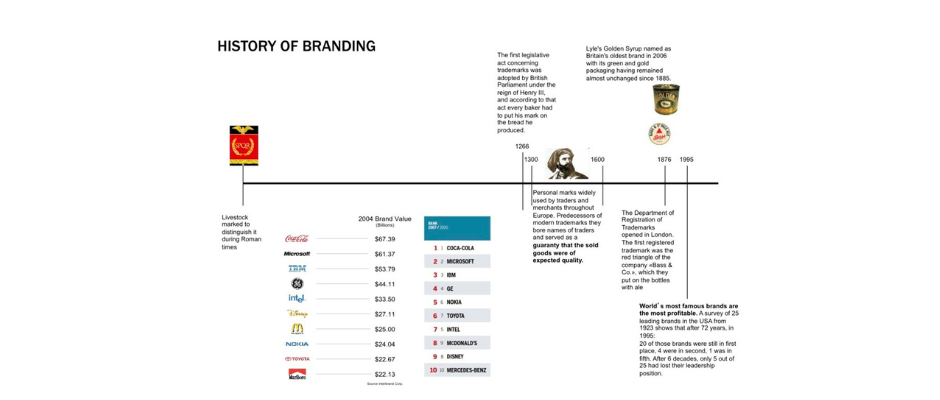
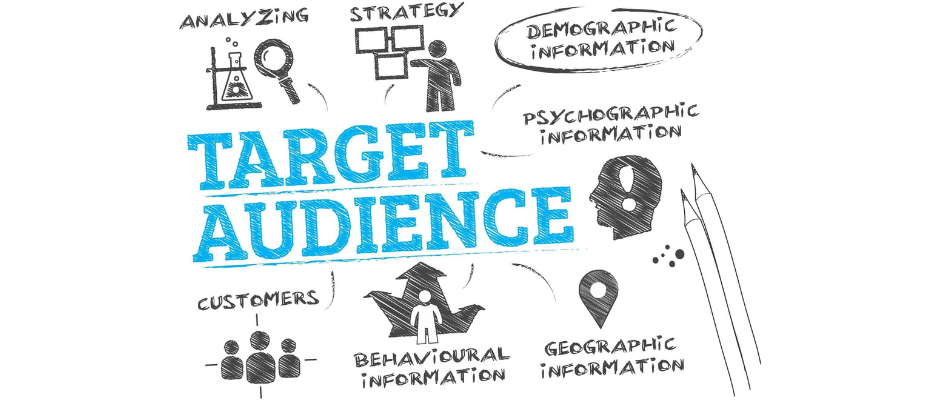



 Niche
Niche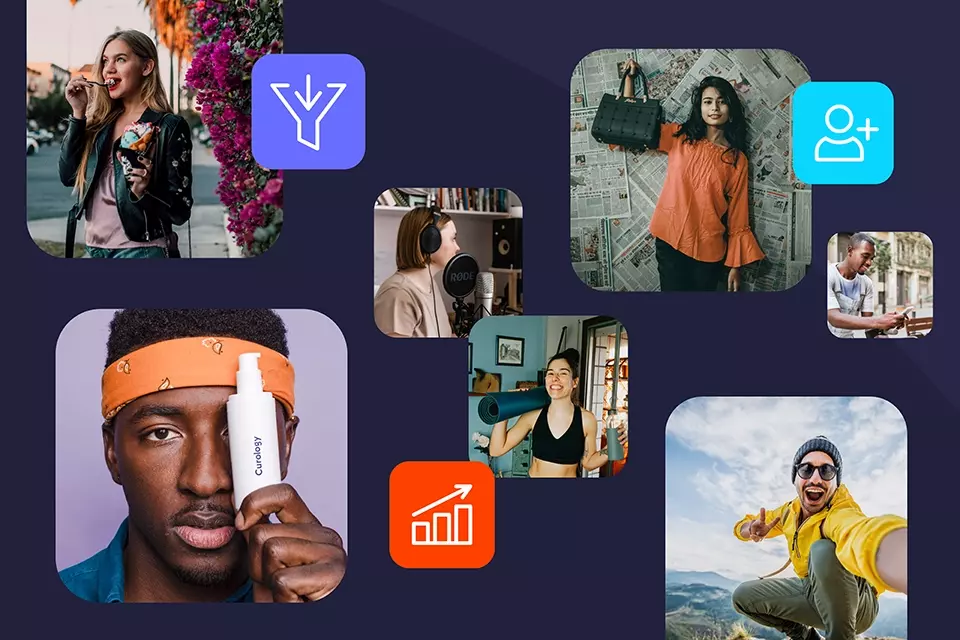
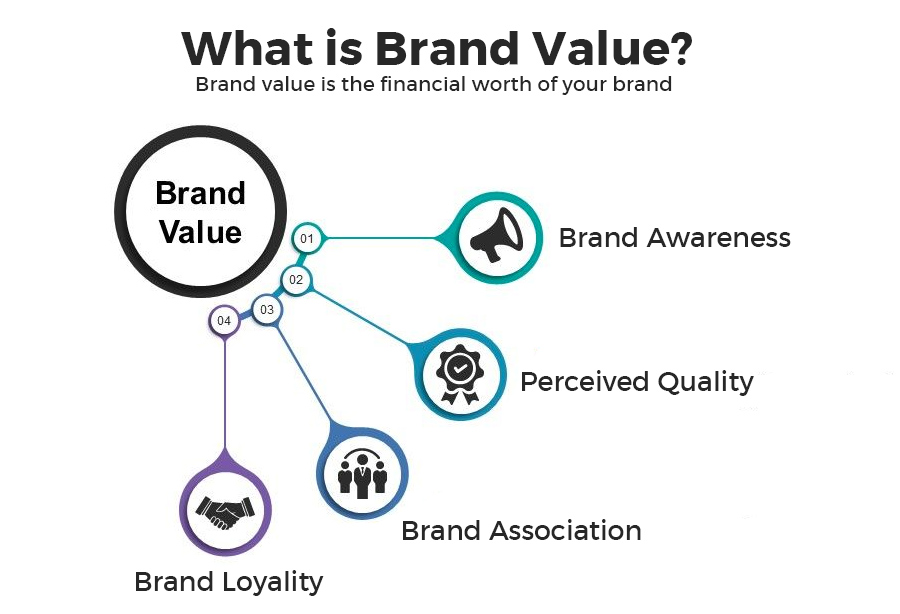
 Products’ Unique features
Products’ Unique features
 Brand Audience
Brand Audience
 Complementary Brands
Complementary Brands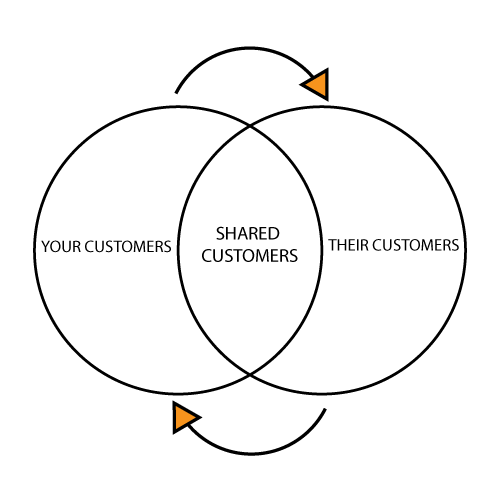
 Activation Campaign Interactive
Activation Campaign Interactive
 Create a Positive Impact
Create a Positive Impact
 Brand Activation
Brand Activation